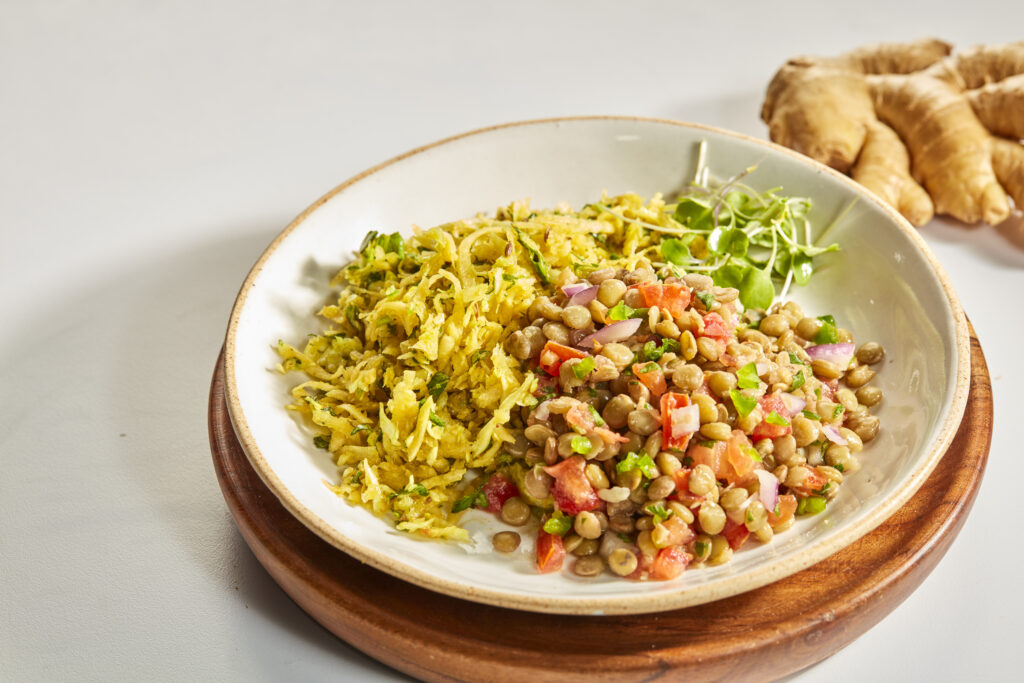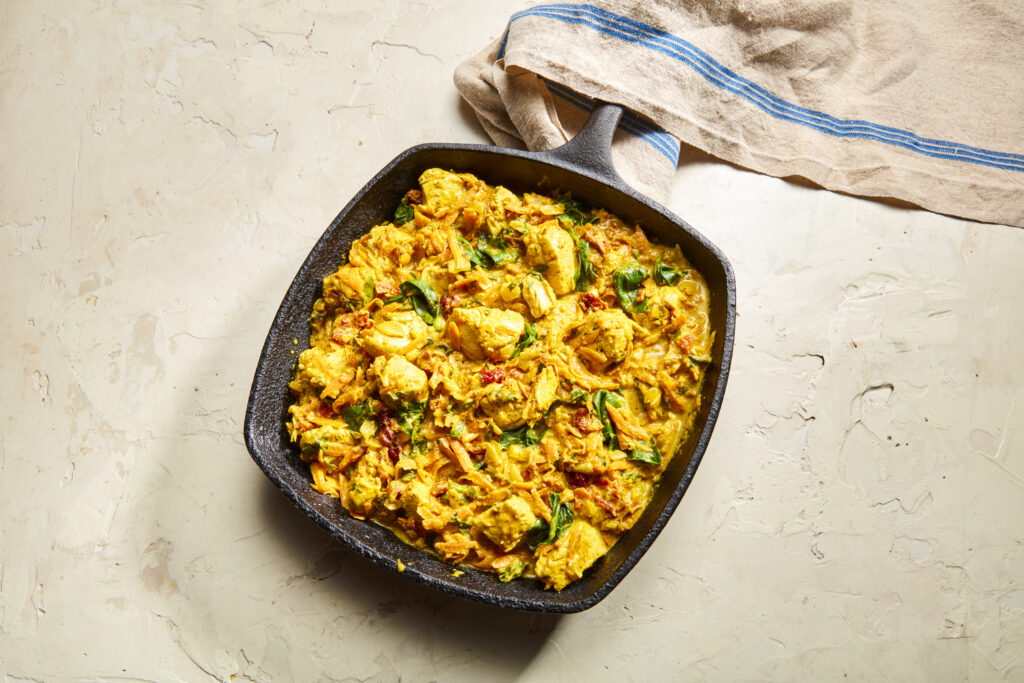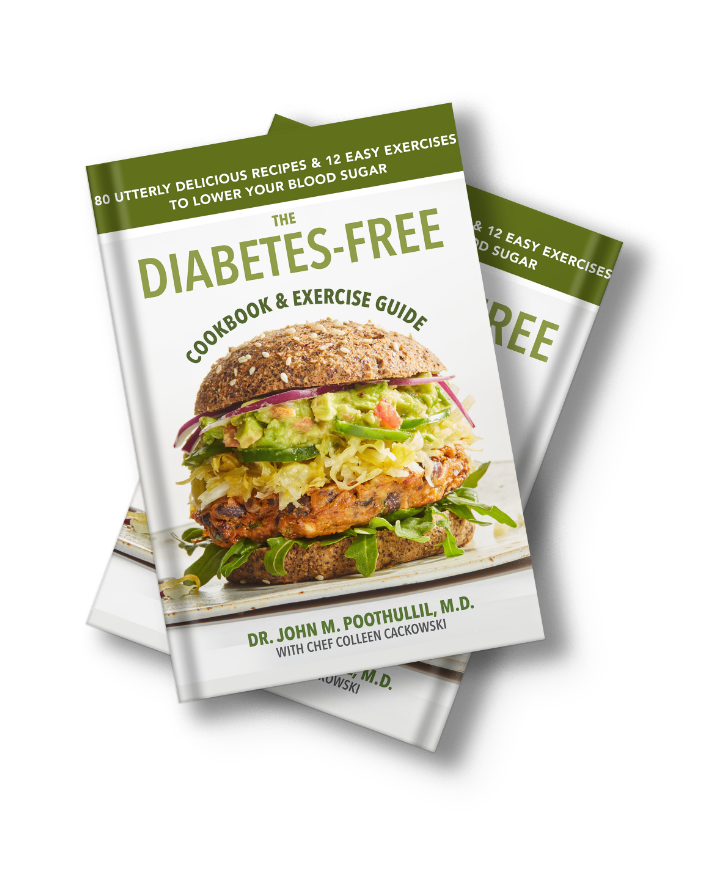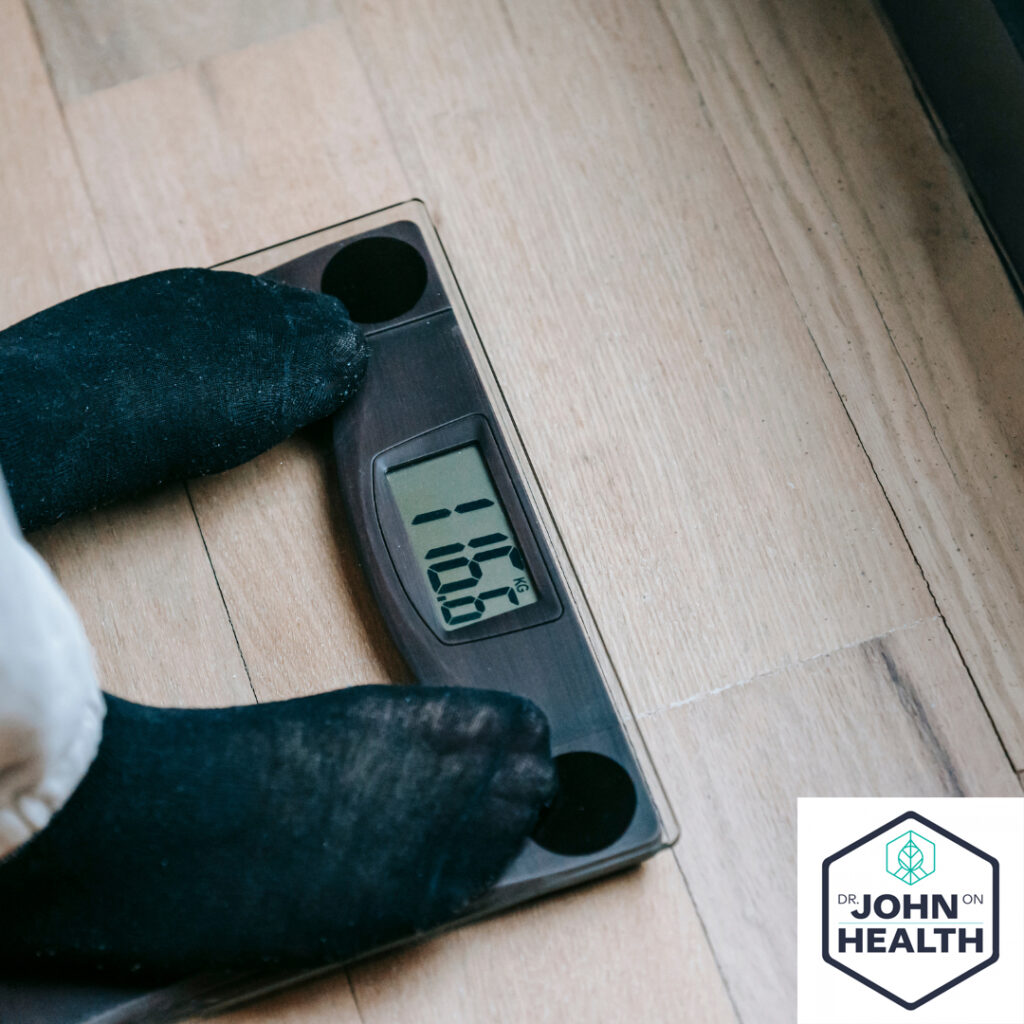
If you’ve been diagnosed diabetic or prediabetic, having a vegetable garden can help you change your eating habits and gain back control of your high blood sugar. Why would a garden help?
Remember that Type 2 diabetes is a condition where your blood sugar remains elevated, which can lead to serious health consequences over time. Based on several decades of study that I have done to understand the real cause of Type 2 diabetes, I suggest that it is due to a diet high in grains and grain flour products.
Humans were not meant to eat as much grain–wheat, barley, oats, rice, and corn–as our modern diet now includes. During the first 290,000 years of human existence, we did not eat cultivated grains. Grains became a food staple of mass consumption only after the Agricultural Revolution of the 20th century greatly increased their availability, affordability, and accessibility. For many people, the daily diet now includes 50% of their caloric intake from grains and grain-flour products. Think bread, sandwiches, pizza, tortillas, bagels, muffins, cakes, chips, and so on.
The Overconsumption of Grains
The problem with eating too many grains is that they produce voluminous amounts of glucose after digestion. The excess glucose that cannot be burned by the body’s cells within hours after eating is converted to fatty acids to be stored in your fat cells. However, given that each person has only a certain allotment of fat cells, they eventually become filled up and there is nowhere for excess fatty acids to be stored. They remain in the bloodstream, the consequence of which is that your muscle cells begin burning the fatty acids for energy more easily than glucose. This causes glucose to remain in the bloodstream, thus high blood sugar. If this situation continues over time, it leads to Type 2 diabetes.
What does this have to do with gardening? Everything.
A garden can help wean you off grains, step by step, by growing your own bountiful harvests of vegetables. You will also benefit by experiencing great joy at watching your plants grow and producing food for yourself and your family.
Start by planting a variety of lettuces as the foundation for many different salads to accompany your entrées or top your salads with chicken, fish, or meat as your main meal. Plant some carrots, radishes, cucumbers, green beans, peas, tomatoes, onions, broccoli, or peppers in your garden to add to your salads.

Mustard greens can give the spicy kick to a French salade nicoise with tuna and black olives or a salad with slices of steak. Cook up some lentils and mix with your garden’s red onion, cucumbers, and tomatoes, and throw in some feta cheese for a Mediterranean salad. I worked with professional chef Colleen Cackowski to create a delicious recipe, a Kitcheree Salad with Lentils, that you can find in my new book, The Diabetes-Free Cookbook and Exercise Guide.
If you have space, plant eggplants, artichokes, or yams. Make room for zucchini or squash, either for the vegetables themselves or for their flowers, which are a delightful treat filled with cheese and baked.
Herbs contain valuable micronutrients and minerals that your body’s cells need for optimum functioning.
You can also plant a variety of herbs—oregano, thyme, rosemary, dill, basil, mint, cilantro, parsley, tarragon, and others that will add flavor to anything you cook—like sauteed chicken curry with coriander, or a low-carb Shepherd’s Pie sprinkled with chopped fresh rosemary and thyme.


No matter what you choose to grow, having a garden acts as a reminder that humans are meant to eat fresh, seasonal foods, not prepared or canned goods high in fats, sodium, and preservatives. Eating vegetables you grew and just picked with love and care will transform your attitude and approach to your eating habits and give you the confidence you can eat for health and still feel satisfied and energetic without grains at every meal. Three different vegetables per day can also increase your intake of fiber to the daily recommended amount of 20 to 35 grams, which improves your digestion and results in a slower elevation of blood sugar after a meal.
Finally, one of the most often overlooked benefits of eating a lot of fresh vegetables is that they force you to chew your food. Chewing allows the orderly release of nutrients contained in each bite, which are then detected by the taste and smell receptors in your mouth and oral cavity. The receptors send signals to a control center in your brain that tracks your nutrient intake. This is in fact how your brain creates the sense of satiation (being full) when eating. Specifically, when the bites of food no longer provide the same degree of enjoyment as the first bite, your brain is telling you that you can stop eating, as you have consumed enough nutrients from that dish until the next meal.

This reduction in enjoyment of the food at a certain point in a meal is our natural mechanism to avoid overeating. This signal is evident if you watch any toddler eat. You will observe that they eat only when hungry, and stop eating when they are satisfied, even if there is still food on the plate. Adults do this when they are thirsty, drinking only enough until they sense that they are no longer thirsty. But when it comes to food, adults tend to keep eating to fill their stomachs, a learned habit that becomes a consistent eating behavior, leading to weight gain, obesity, and often Type 2 diabetes.
If you have no backyard space available for planting, consider a planter box or two on your windowsill, porch, balcony, or in a community garden. Invite your family members to join in. Tune into the bounty of nature to obtain over 100 nutrients needed to live healthily.
This article originally appeared on USA Daily Chronicles.
As a best-selling author and Nationally Syndicated Columnist, Dr. John Poothullil, advocates for patients struggling with the effects of adverse lifestyle conditions.
Dr. John’s books, available on Amazon, have educated and inspired readers to take charge of their own health. There are many steps you can take to make changes in your own health, but Dr. John also empowers us that we must demand certain changes in our healthcare system as well.
His latest book, “The Diabetes-Free Cookbook and Exercise Guide” presents over 80 delicious recipes. A must-have for anyone looking to take control of their health and transform their relationship with food.
Don’t let Type 2 diabetes or pre-diabetes control your life – start a delicious new journey to a healthier, happier you today!

Discover how you can live a diabetes-free life with Dr. John’s groundbreaking cookbook and exercise guide. With over 80 appetizing low-carb recipes created by Chef Colleen Cackowski, you’ll never miss the high-carb, high-sugar foods of your past. Every recipe nourishes your body and keeps your blood sugar levels in check so you can enjoy tasty, satisfying meals. Dr. John also offers 12 easy-to-do exercises to boost your flexibility and balance and keep you healthy as you age.
What people are saying…
Filled with tons of easy-to-make meals and encourages enjoyable meal planning for moms like me. I highly recommend this book to diabetics and families trying to live and eat healthily. —Maria Chalissery, M.Sc., Diet Technician
If you are looking for ways to improve your health and add more zing to your meals, these recipes are exactly what you need. —Jyoti Veeramoney, Chef, Certified Yoga Instructor
These exercises are great because they focus on dynamic movement that improves joint range of motion and flexibility. They require no equipment, build core strength and stabilization, and incorporate movements that can correct posture, which can decrease the risk of falling. —Sophia LaValle, NASM Certified Personal Trainer


